Premium Iranian Hazelnut export
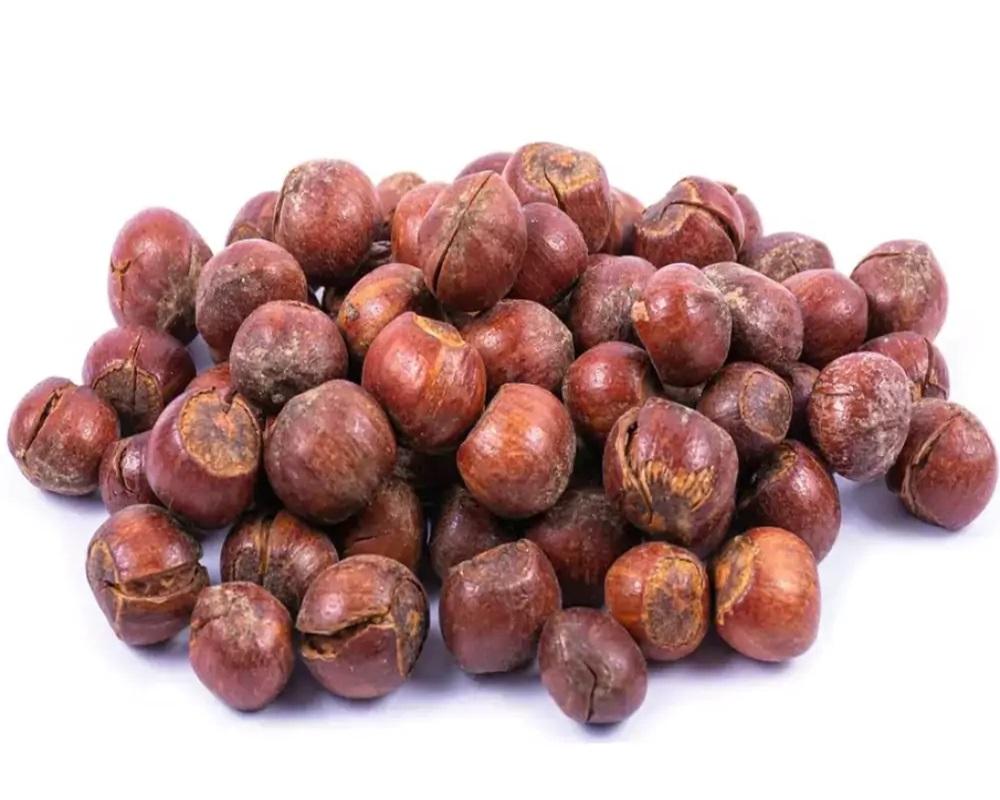
Iranian hazelnuts are known for their excellent flavor, high oil content, and uniform size, making them a popular choice in global markets. Sourced from the rich agricultural regions of Iran, these high-quality hazelnuts are ideal for direct consumption, chocolate production, baking, and use in confectionery products. Available in raw, roasted, or shelled forms, Iranian hazelnuts meet international standards for export and are offered in bulk quantities at competitive prices. Explore the updated export price list to buy premium Iranian hazelnuts directly from top suppliers and enjoy the best deals on fresh, nutrient-rich nuts. wholesale sales of the best exported hazelnut of iran are determined by the hazelnut grown in gilan, qazvin, mazandaran, ardabil, golestan, zanjan and qom regions. Iran’s hazelnut industry is ashkor district, rahim abad district, rudsar city, gilan province, which provides about 73% of iran’s hazelnut due to special conditions and availability of a lot of land for hazelnut cultivation, and iran’s export hazelnut the best is grown in this area.
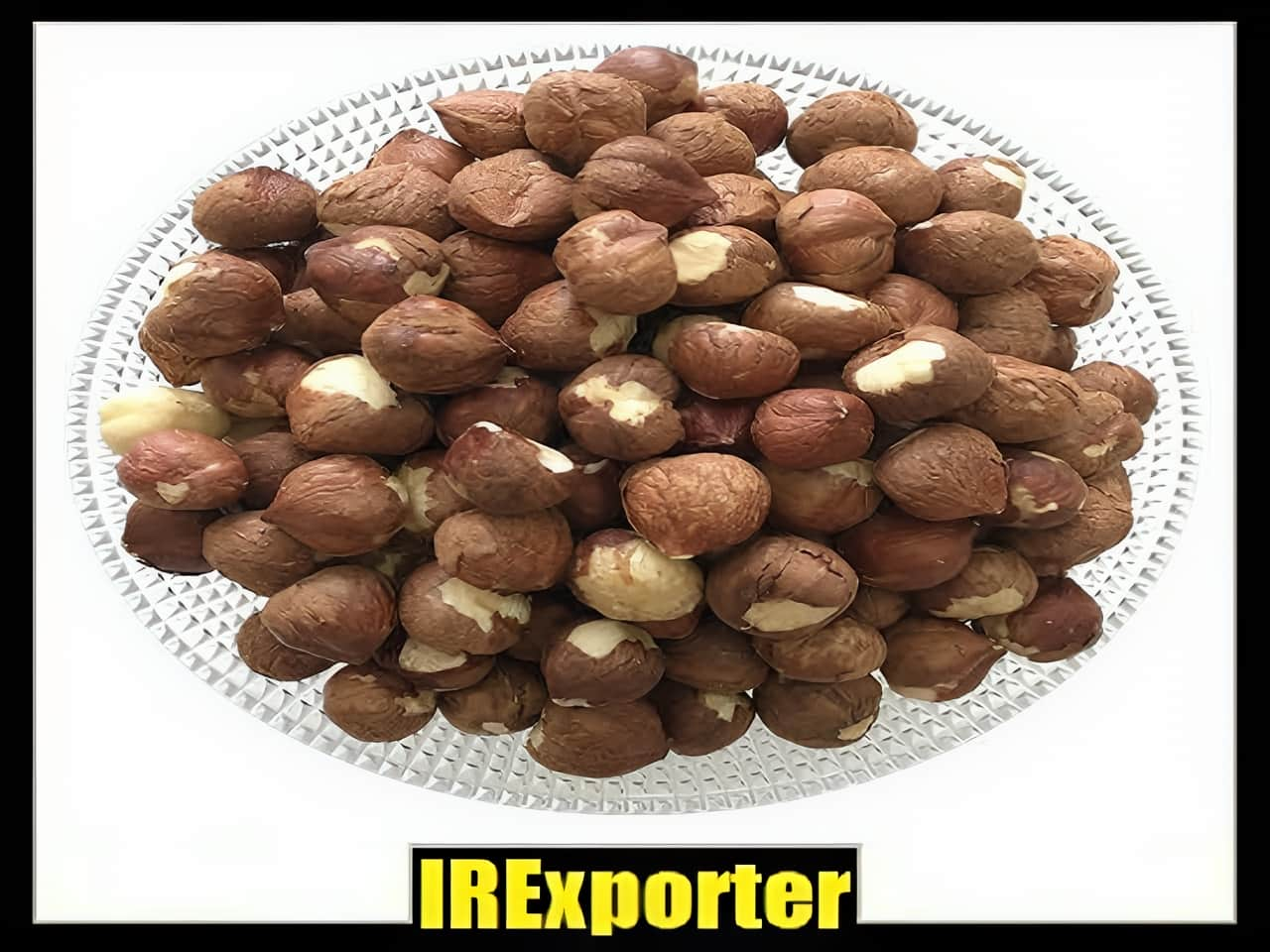
factors affecting the purchase price of exported hazelnut
the purchase price of exported hazelnut from iran is influenced by a variety of factors, including crop yields, international demand, and competition. The quality of the hazelnut is also a key factor in determining the purchase price, as buyers are willing to pay a premium for high-quality hazelnut. Additionally, the exchange rate between the iranian rial and the currency of the importing country can also affect the purchase price of exported hazelnut.
irexporter is an exporter of hazelnut to various countries, including turkey, pakistan, uzbekistan, iraq, georgia, afghanistan, cyprus, kuwait, oman, qatar, syria, armenia, turkmenistan, russia, morocco, europe, africa, australia, and new zealand. We specialize in the export of hazelnut and offer a wide range of options to meet the diverse needs of our customers.
our services include hazelnut export agency, iran hazelnut exporter exchange, export hazelnut shopping center, export hazelnut sales, iran export hazelnut business group, iran export hazelnut transportation, and a guide to specifications of export hazelnut from iran. We provide a comprehensive sales system for export hazelnut in iran.
if you are wondering where to buy export hazelnut, what type of export hazelnut to purchase, or which is the best iran hazelnut export center, we have the answers for you. Our knowledgeable team can assist you in finding the highest quality hazelnut at the best prices. We offer wholesale sales of export hazelnut and guarantee the best quality products. Our after-sales service ensures customer satisfaction.
to facilitate your hazelnut purchase, we offer online ordering through our hazelnut online store for export from iran. You can make immediate purchases and find a guide for buying export hazelnut. We strive to provide the most affordable options for your convenience.
explore our export hazelnut gallery to view photos and images of our hazelnut products. We regularly update our catalog with new export hazelnut, ensuring a diverse selection for our customers.
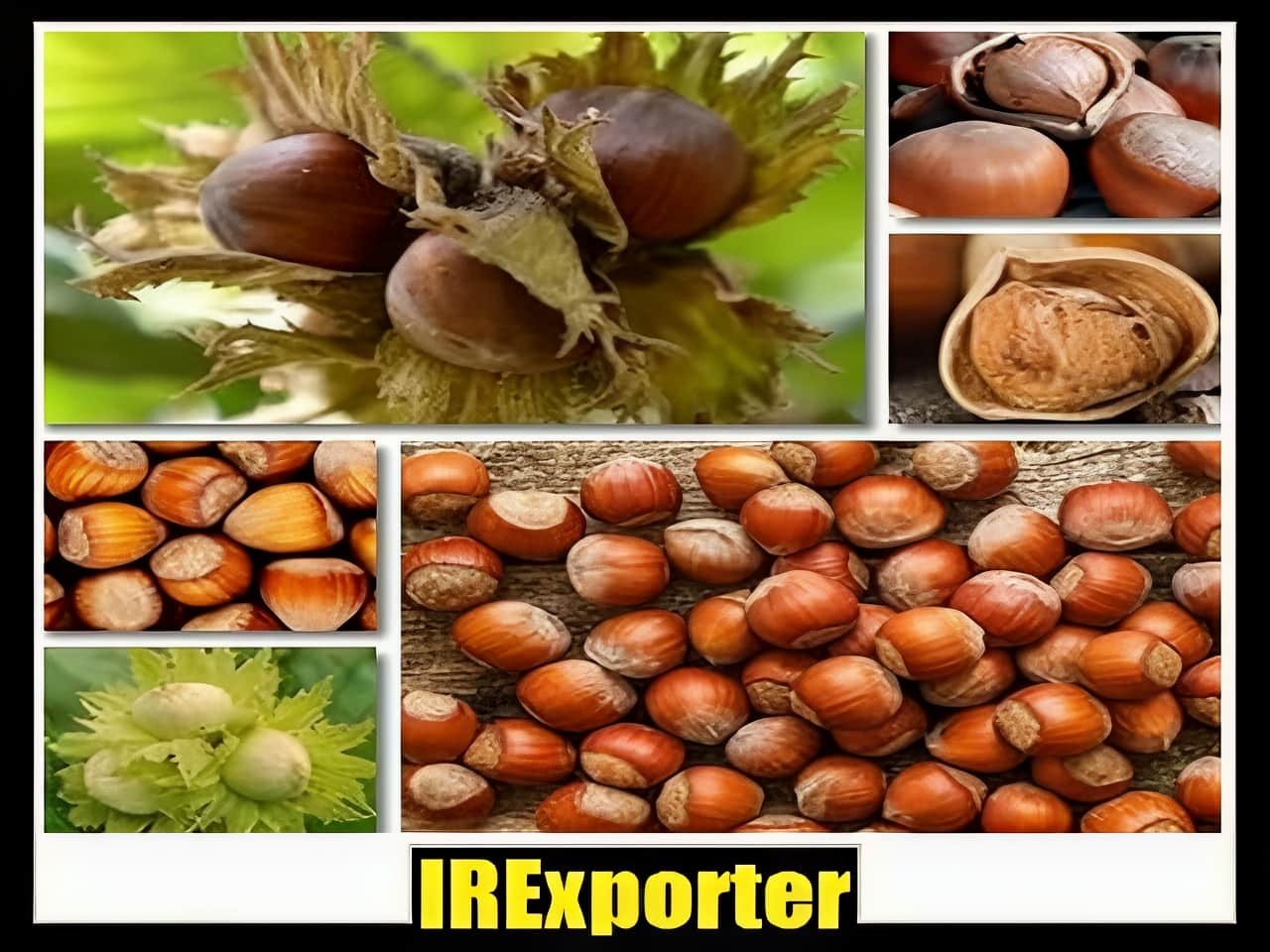
price of hazelnut exported from iran
the price of hazelnut exported from iran is influenced by supply and demand dynamics. If the domestic market’s production does not meet demand, prices can fluctuate. Additionally, inflation rates impact production costs, including labor, packaging, and transportation expenses, leading to price variations.
quantity of hazelnut exports from iran
hazelnut are widely used in the production of sweets, chocolates, cakes, halva, cookies, as well as cosmetics like creams, shampoos, and perfumes. The quantity of hazelnut exports depends on factors such as hazelnut variety, cultivation area, harvesting season, and nut size. It’s essential to consider that intermediaries play a role in purchasing hazelnut from gardeners and reselling them at higher prices. This can affect the overall quantity and price of hazelnut available for export.
introduction to hazelnut export from iran
hazelnut is a popular and valuable nut globally, and iran is one of the largest exporters of hazelnut in the world. hazelnut grown in iran are of high quality and are known for their rich flavor and texture. Hazelnut trees are widely cultivated in iran, and the country’s warm and semi-arid climate provides ideal conditions for the growth and production of high-quality hazelnut. hazelnut are exported to many countries around the world, including europe, asia, and the middle east. The export of hazelnut from iran plays a significant role in the country’s economy, providing a valuable source of income for farmers and related industries.
hazelnut production in iran
iran is one of the largest producers of hazelnut in the world, with an estimated annual production of around 120,000 metric tons. Hazelnut trees are widely cultivated in iran, and the country’s warm and semi-arid climate provides ideal conditions for the growth and production of high-quality hazelnut. Hazelnut production in iran is primarily centered in the northern regions of the country, such as gilan and mazandaran provinces. These regions are known for their rich soil and abundant water resources, which make them ideal for hazelnut cultivation. Hazelnut production in iran has been increasing in recent years, driven by growing demand both domestically and internationally.
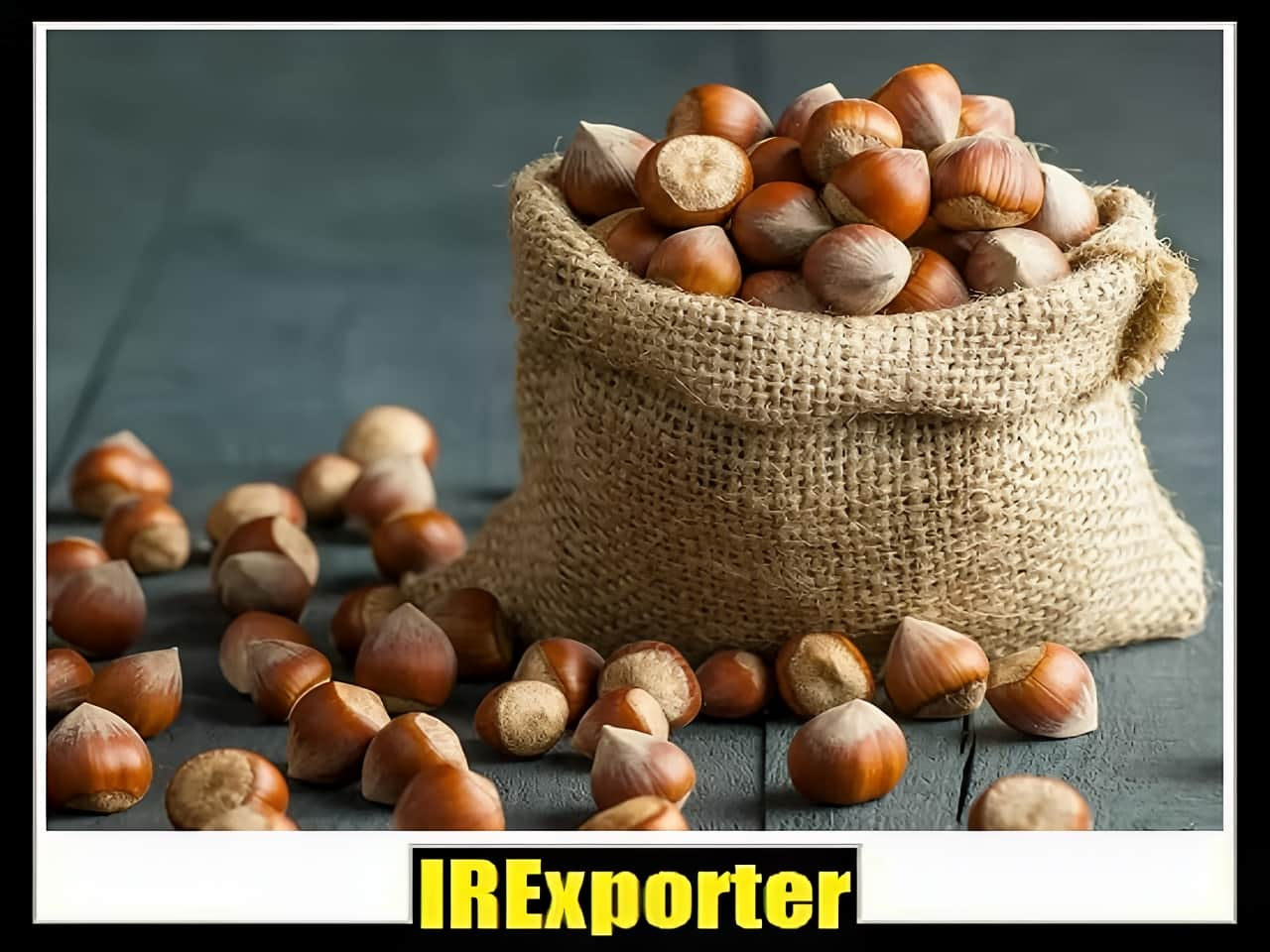
daily price of hazelnut exported from iran
the daily price of hazelnut can vary depending on the production area. For instance, ashkorat is a major hazelnut producer in iran, and their high-quality products may have different prices compared to other cities. Different varieties of hazelnut, whether raw or flavored, also impact daily prices. It’s worth mentioning that a portion of iranian hazelnut is dedicated to export.
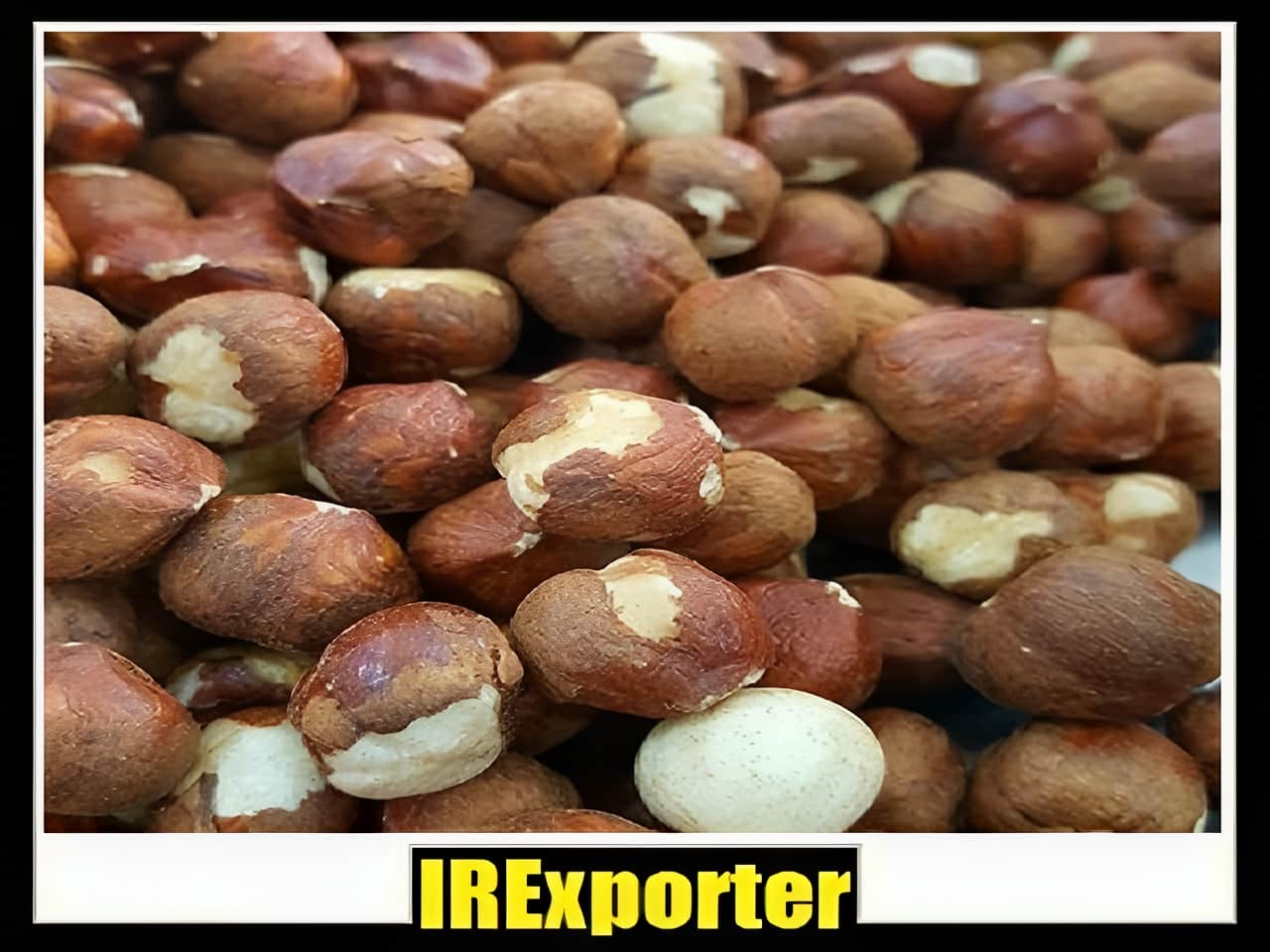
sale of hazelnut exported from iran
the sales volume of hazelnut fluctuates throughout the year due to factors such as exports, supply and demand, price variations, and annual production volume. While hazelnut are sold in domestic markets, a significant portion is exported to persian gulf countries like iraq and the united arab emirates. The sales volume is particularly active during specific periods such as nowruz eid and yalda night. It’s important to note that hazelnut prices tend to be higher during these periods due to increased demand.
export market price of hazelnut from iran
the export market offers hazelnut in two forms: shelled and unshelled. Shelled hazelnut tend to have higher prices due to additional labor and processing costs. Different brands offer various types of hazelnut in different packaging options, influencing market prices. The harvest season is a favorable time to purchase hazelnut as prices are more affordable.
types of hazelnut exported from iran
there are several varieties of hazelnut grown in iran, and each variety is known for its unique flavor and texture. The most commonly exported varieties of hazelnut from iran include lariz, gavazagh, and koluri. These hazelnut are known for their high quality and rich flavor, and are highly sought after by buyers around the world. hazelnut grown in iran are also known for their high oil content, which makes them ideal for use in a variety of products, such as confectionery and baking goods.
exportation destinations for iranian hazelnut
hazelnut from iran are exported to many countries around the world, including europe, asia, and the middle east. Some of the largest markets for iranian hazelnut include turkey, germany, the united kingdom, and the united arab emirates. hazelnut from iran are highly valued in these markets for their high quality and rich flavor, and are used in a variety of products, including confectionery, baking goods, and snack foods.
challenges facing hazelnut exporters in iran
the export of hazelnut from iran is not without challenges. One of the main challenges facing hazelnut exporters in iran is the fluctuation of international prices. Hazelnut prices can be highly volatile and are subject to fluctuations based on factors such as crop yields, weather patterns, and political instability. Additionally, the export of hazelnut from iran is subject to strict regulations, including regulations related to food safety, labeling, and packaging. Hazelnut exporters in iran must navigate these regulations in order to ensure the successful export of their products.
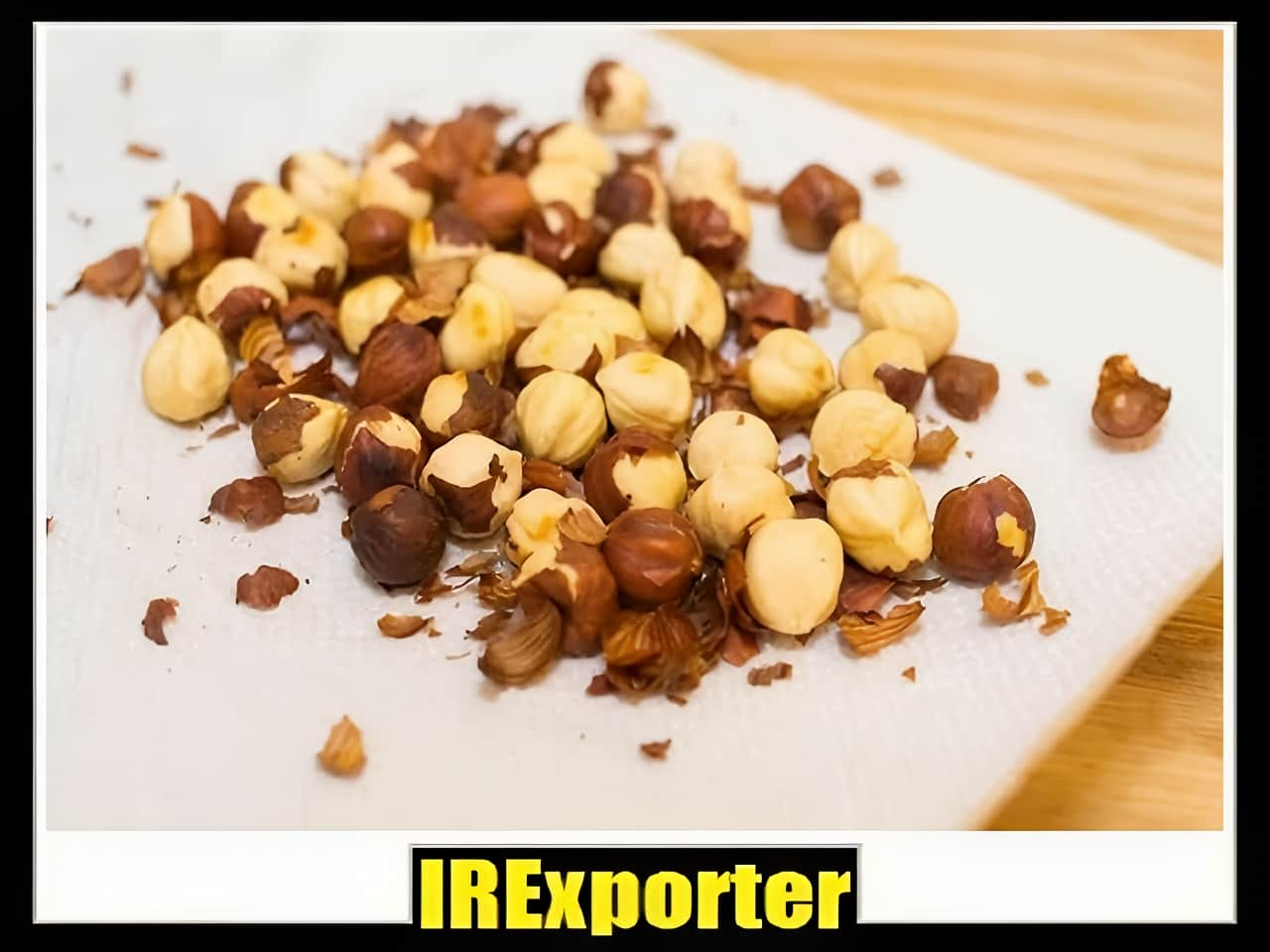
price of salted hazelnut
salted hazelnut are a popular product available in the market with or without skins. The price of salted hazelnut without skins is generally higher due to additional processing costs. Hazelnut weight is a significant factor in determining quality and pricing. Factors such as harvest time, quality, cultivation area, supply and demand, export volume, and transportation costs influence salted hazelnut prices.
hazelnut are highly sought after worldwide for their nutritional value and unique taste. Iran stands as one of the largest hazelnut producers globally, supplying a variety of products to both domestic and foreign markets. Rahim abad and ashkorat in rudbar city are renowned as major hazelnut production centers, supplying over 85% of the domestic market. hazelnut offer numerous health benefits, such as improving heart and muscle health, preventing osteoporosis, and boosting the immune system. They are also utilized in various industries, including food, cosmetics, and health.
iranian hazelnut have a high oil content and a distinctive aroma, making them ideal for use in food, industrial, cosmetic, and health applications. They are even used in the production of paint colors, perfumes, and truffles. The high demand for hazelnut in the market makes the hazelnut trade one of the most profitable business sectors in iran.
| Heading | Content |
|---|---|
| Premium Quality hazelnut | The Best Iranian Natural Hazelnut Supplier Exporter Company offers premium quality hazelnut that are carefully sourced and processed to meet the highest industry standards. Our hazelnut are known for their exceptional taste, freshness, and nutritional value. Whether you are a confectionery manufacturer or a retailer looking to stock high-quality hazelnut, we provide the finest selection that will exceed your expectations. |
| Competitive Pricing | We understand the importance of competitive pricing in today’s market. Our company offers competitive prices for our premium hazelnut without compromising on quality. We strive to provide affordable options for our customers while maintaining the highest product standards. Contact us to inquire about our pricing details and discover the cost-effective solutions we offer. |
| Reliable Supply Chain | As the best Iranian natural hazelnut supplier and exporter company, we have established a reliable and efficient supply chain. Our hazelnut are sourced directly from trusted farmers who cultivate the finest hazelnut trees in Iran. Through rigorous quality control processes, we ensure that only the best nuts make it to our customers. With our streamlined logistics and warehousing capabilities, we guarantee timely delivery of your orders. |
| Flexible Purchase Options | We offer flexible purchase options to accommodate the diverse needs of our customers. Whether you require bulk orders or smaller quantities, we can cater to your specific requirements. Our team is dedicated to assisting you throughout the purchasing process, ensuring a smooth and hassle-free experience. Contact us to discuss your purchase needs and find the best solution for your business. |
| International Export Capabilities | Our company has extensive experience in exporting hazelnut to international markets. We comply with all necessary regulations and standards for safe and efficient international shipments. With our expertise in customs procedures and documentation, we ensure a seamless export process. No matter where your business is located, you can trust us to deliver high-quality hazelnut to your doorstep. |
| Exceptional Customer Service | At the Best Iranian Natural Hazelnut Supplier Exporter Company, we prioritize exceptional customer service. Our dedicated team is committed to providing personalized assistance and prompt responses to all your inquiries. We believe in building long-term relationships with our clients based on trust, reliability, and mutual success. Experience our attentive customer service and let us meet your hazelnut supply needs with utmost satisfaction. |
Frequently Asked Questions
-
Can I purchase hazelnut in bulk?
Yes, we offer bulk purchase options to meet the needs of businesses of all sizes. Contact us to discuss your bulk order requirements.
-
Do you provide samples before purchase?
Yes, we can provide samples for evaluation purposes. Please reach out to our team to inquire about sample availability and delivery.
-
What is the lead time for orders?
The lead time for orders may vary depending on the quantity and destination. Our team will provide you with an estimated delivery timeline upon order placement.
-
Do you offer competitive pricing?
Yes, we strive to provide competitive pricing for our premium hazelnut. Contact us to inquire about our current pricing and discuss your specific requirements.
-
Can you ship hazelnut internationally?
Absolutely! We have experience in international hazelnut exports and can ship to various locations worldwide. Contact us to discuss your international shipping needs.
-
What payment methods do you accept?
We accept various payment methods, including bank transfers and letters of credit. Our team will provide you with detailed information on payment options upon order confirmation.
| Hazelnut export from Iran | |
|---|---|
| 💎 Product benefits | Good price and High quality |
| 💲 Export Hazelnut price | The lowest price in the trade market |
| ⏳ Quality of Hazelnut for export | Top-Grade |
| ⏱ How to send products | By ship shipping |
| 🎯 How to order | By email and call |


